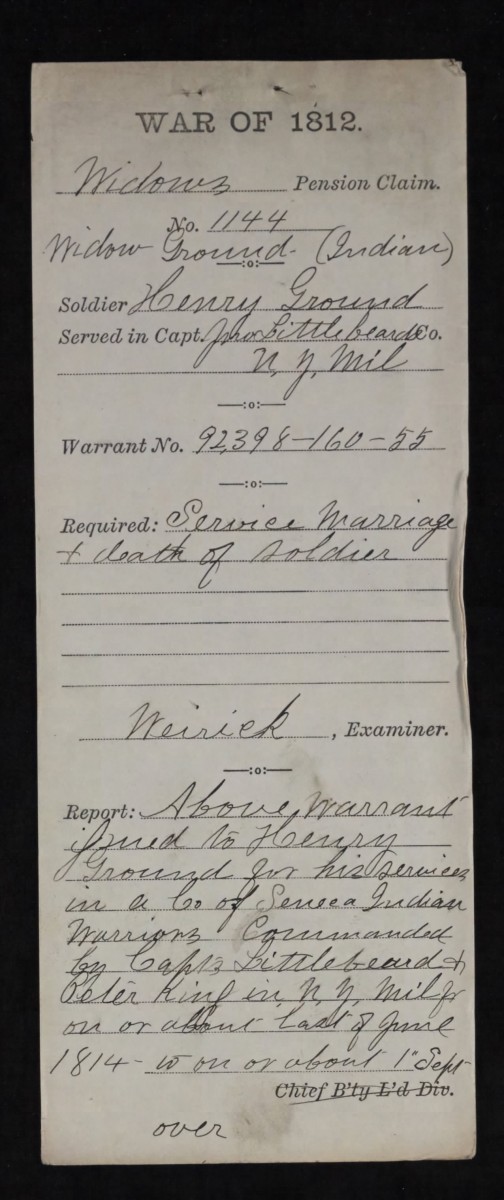
21 September 2014
Veteran's pensions. Widow's pensions. Surviving children's pensions. Stepchildren's pensions. All of these have some common denominators and some differences. Here are three handy tips:
1.
When we cite pension records from the U.S. National Archives, our citation of the number should not omit any letters that preface the number (S.C., W.C., Inv., R., etc.). These designate the type of file—i.e., Soldiers' Certificate, Widows' Certificate, Invalid (disabled), Rejected, etc.
2.
When citing a pension for a widow or the eligible children of a deceased veteran, a citation to their file must fully identify the veteran by service name and unit. Even though the files carry separate numbers and are bundled in separate envelopes, they share a common jacket and that jacket carries the veteran's identity.
3.
When dependent children of veterans applied for pensions, we normally expect to find their files in the pension applications previously filed by the veteran or the widow. We also cite their files as part of the father or mother's application. But what if the widow remarried and thereby lost her pension under the children's father? Are you checking for a pension file under the name of the stepfather? When eligible children of veterans had a mother who remarried a different pensioner, the children's file may be jacketed with the stepfather. If so, it's also cited as part of the stepfather's file.
For much more on the interpretation, as well as citation, of different types of U.S. military records, see EE pp. 595-606.
IMAGE SOURCE: "War of 1812 Pension Files," database and images, Fold3 (www.fold3.com/image/313396703/ : accessed 15 September 2014); examiner's abstract card for bounty-land warrant 92,398-160-55; in Widow Ground's pension claim no. 1144 (Rejected), service of Henry Ground (Capt. John Littlebeard's Co., N.Y. Militia, War of 1812); citing "War of 1812 Pension and Bounty land Warrant Application Files, compiled ca. 1871–1900, documenting the period 1812–ca.1900, Record Group 15, National Archives, Washington, D.C.
War of 1812 Widow's Pension Files
I have copies of the original widow's application and certificate pension files. How do I cite that?